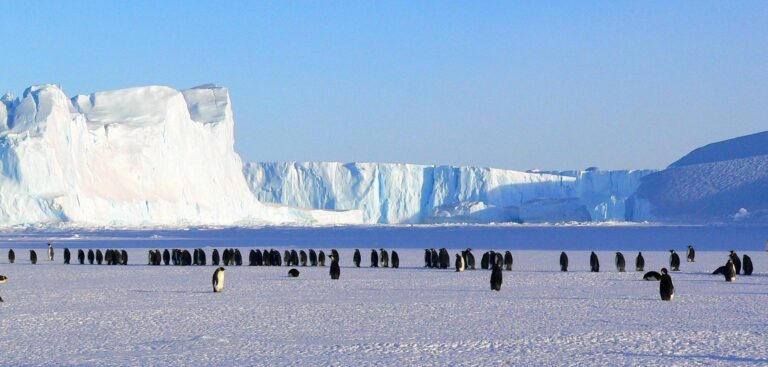According to the WMO (World Meteorological Organization) a spate of recent reports has highlighted accelerating climate change indicators, amid mounting popular and political momentum for more ambitious climate action.
In an effort to summarize these reports, the WMO has released a document, Ten New Insights into Climate Science, co-sponsored by the World Climate Research Programme, Future Earth and The Earth League, which it says provides a synthesis of the latest findings for policy and society.
The findings highlighted include that improved models strengthen support for emissions cuts, that emissions from thawing permafrost are likely worse than anticipated, and the degradation of the tropical carbon sink through deforestation.
The report followed the release of a study showing that global ice loss is accelerating. The findings of the study, led by the University of Leeds, indicate that the Earth lost 28 trillion metric tons of ice between 1994 and 2017. The research is the first of its kind to carry out a survey of global ice loss using satellite data. Scientists found that the rate of ice loss from Earth has increased markedly within the past three decades, from 0.8 trillion metric tons per year in the 1990s to 1.3 trillion metric tons per year by 2017.
Additionally, a new study published in Science Advances has quantified how the warming coastal waters are impacting Greenland’s glaciers and accelerating their retreat. For the past five years, scientists with NASA’s Oceans Melting Greenland (OMG) mission have been studying these marine-terminating glaciers from the air and by ship. They found that of the 226 glaciers surveyed, 74 in deep fjords accounted for nearly half of the total ice loss (as previously monitored by satellites) from Greenland between 1992 and 2017.



